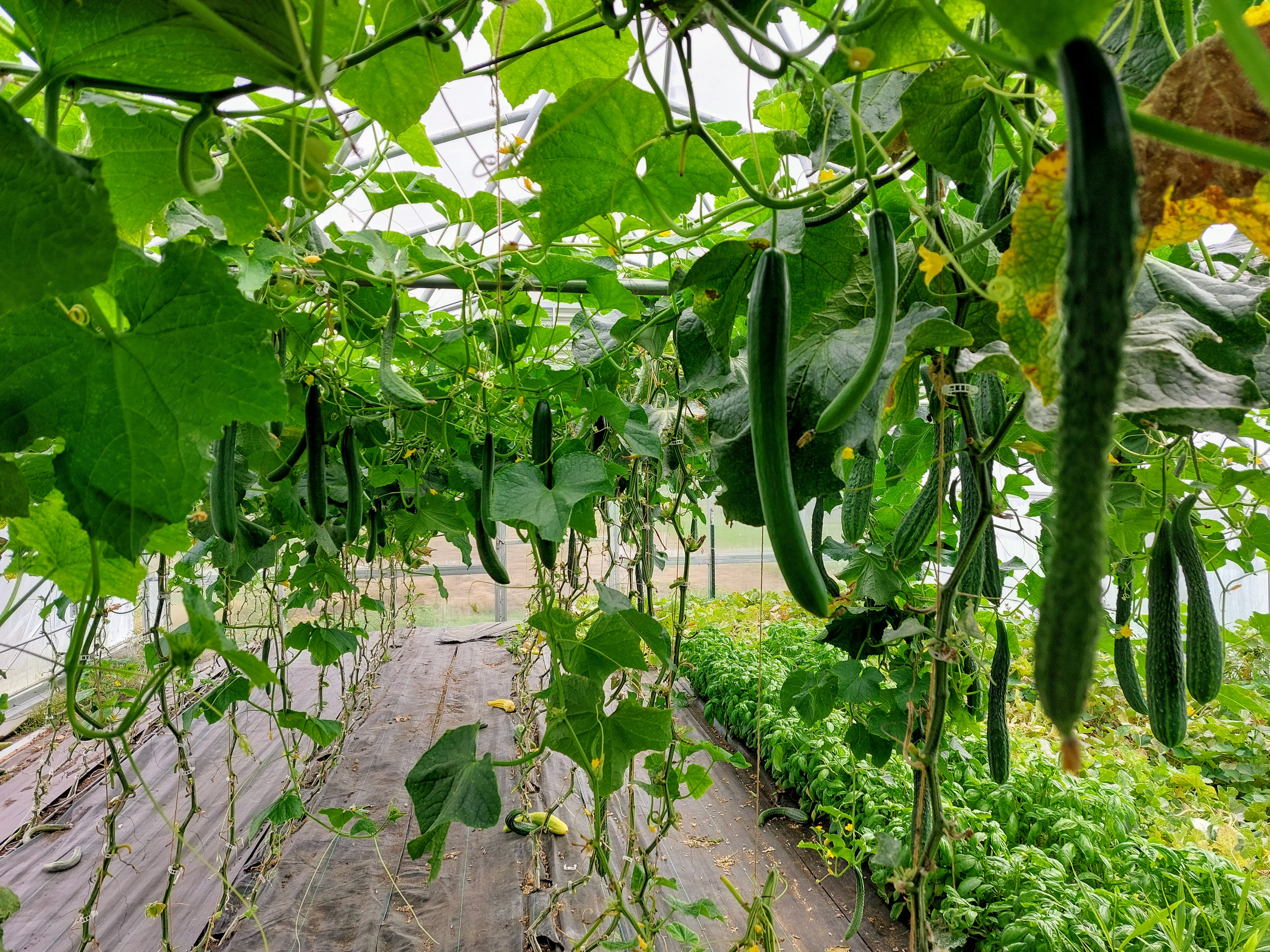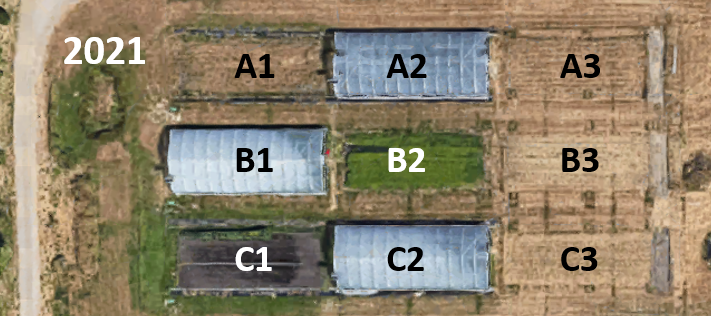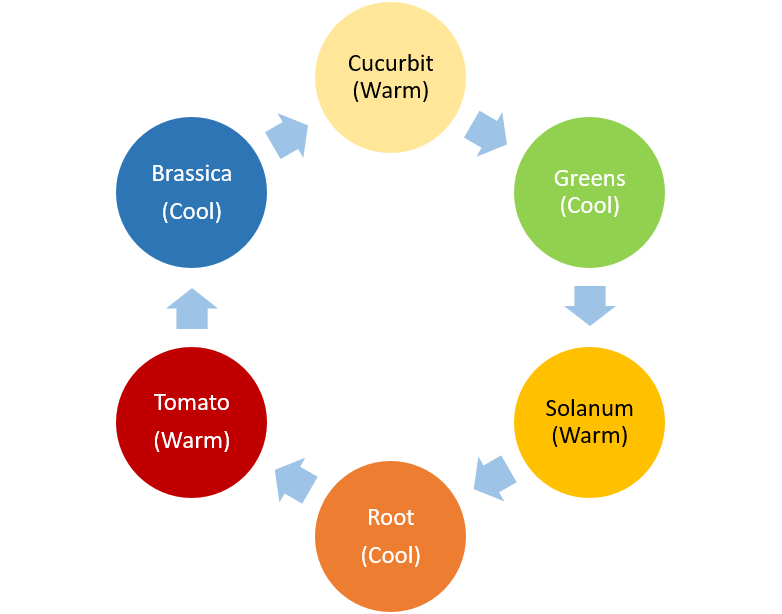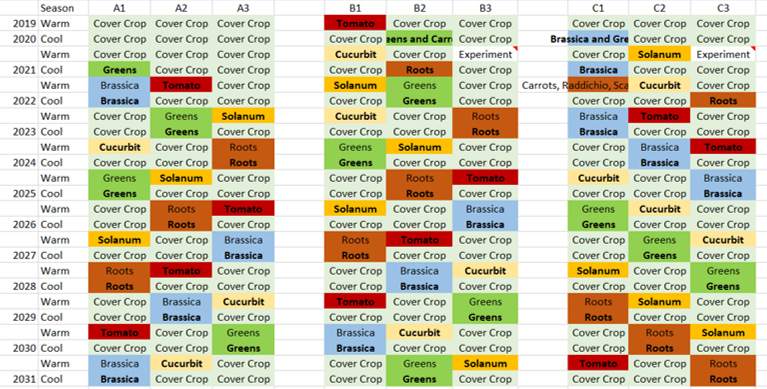

Sliding high tunnels extend the growing season, speed crop growth, reduce plant stress, and promote soil health using passive solar heating and passive ventilation.
Sliding High Tunnels
What is a high tunnel?
High tunnel components
- Steel hoops covered by greenhouse plastic
- Roll-up sides to facilitate passive ventilation
- Spans several growing beds to allow soil-based production and farm worker movement
Image
High tunnel benefits
- Extends the growing season to increase income potential
- Reduces crop stress and disease pressure by protecting crops from wind and rain
- Increases heat accumulation to speed crop development and increase diversity of cropping options
- Extends period when fresh, locally-grown produce is available
Image

Why moveable?
- Allows for optimal utilization of high tunnel structure
- Exposes soil to natural processes -- such as rainfall, frost, and direct sunlight -- that help maintain soil health by leaching salts and killing soil-borne disease
- Allows rotation of crops that benefit from season extension with crops that do not
Image
Why solar panels?
- Powers electric motors that raise and lower roll-up sides and open and close vents for passive ventilation;
- Powers a greenhouse computer that manages ventilation in response to interior temperature
- Charges a battery to allow these processes to continue when the sun isn't shining
Image
Crop rotation
- Nine year crop rotation through nine plots
- Warm season and cool season crops alternate
- Each tunnel is moved in spring and fall, so it is anchored in three different positions over the course of a year:
- Winter/spring position (cool season crops, carried over from previous fall)
- Summer position (warm season crops)
- Fall/winter position (cool season crops, carried into following year)
Image

Image

Image

High tunnel rotation table. Bold face indicates high tunnel position.